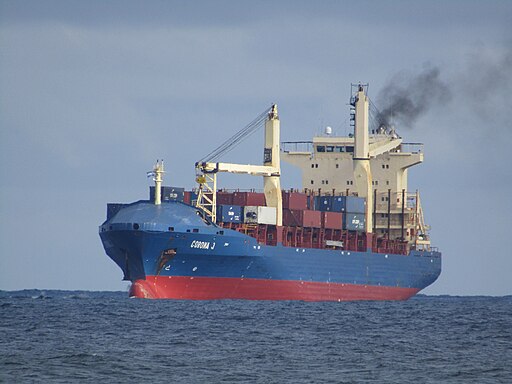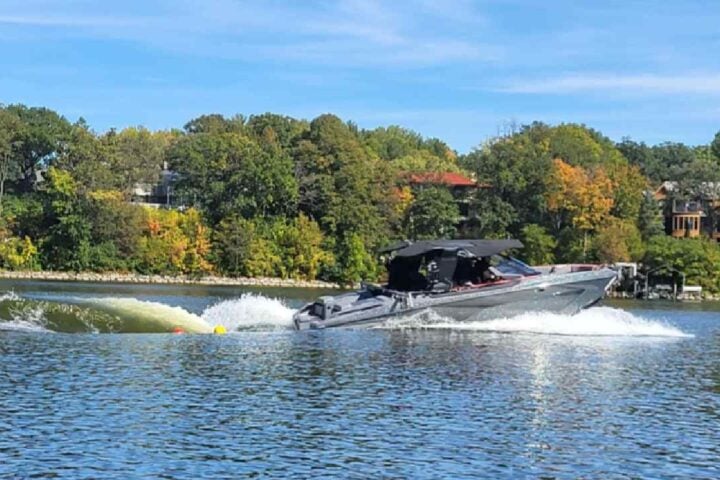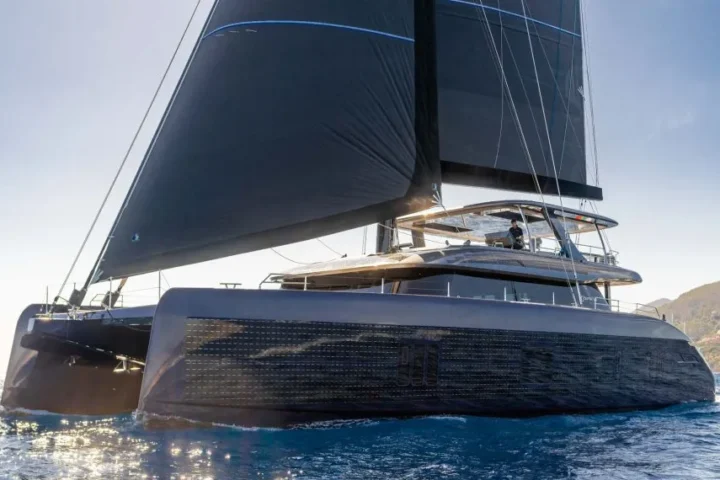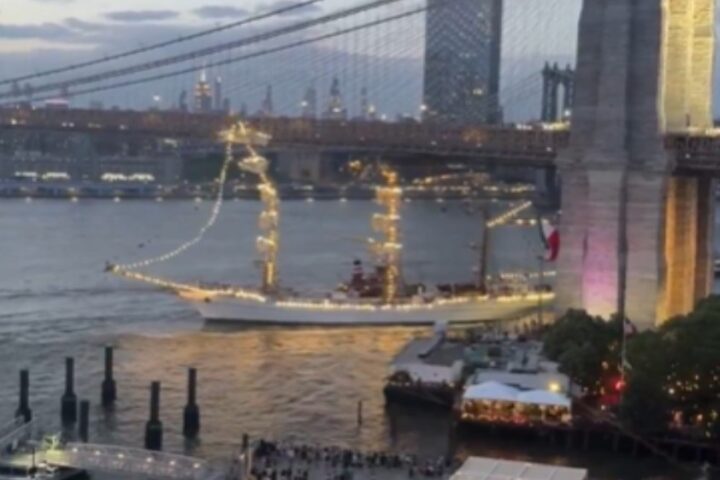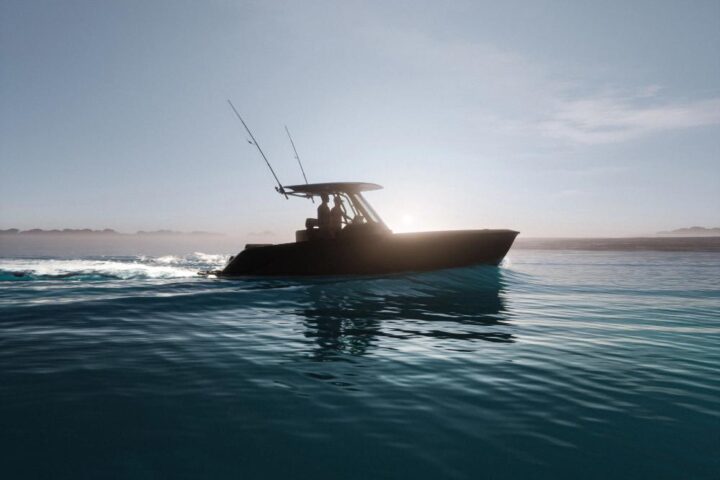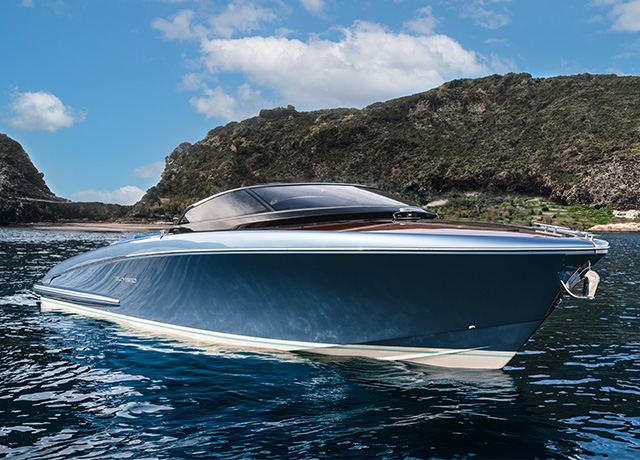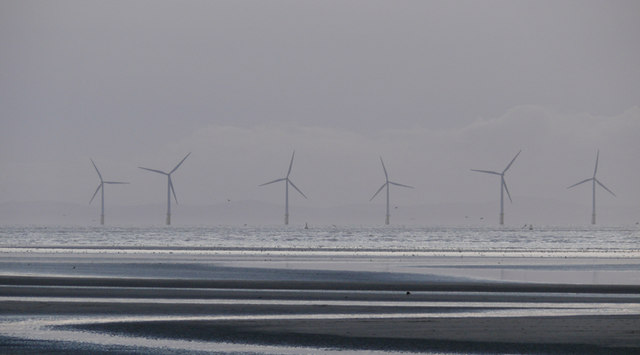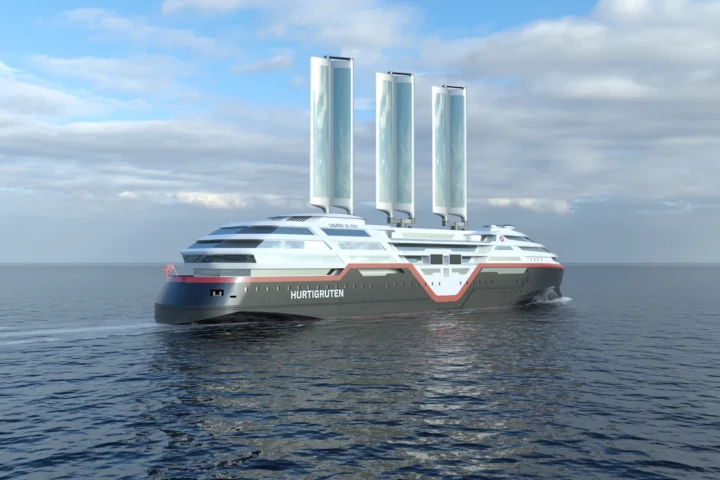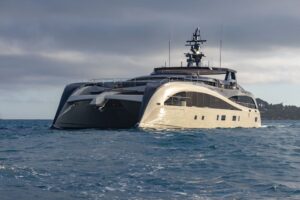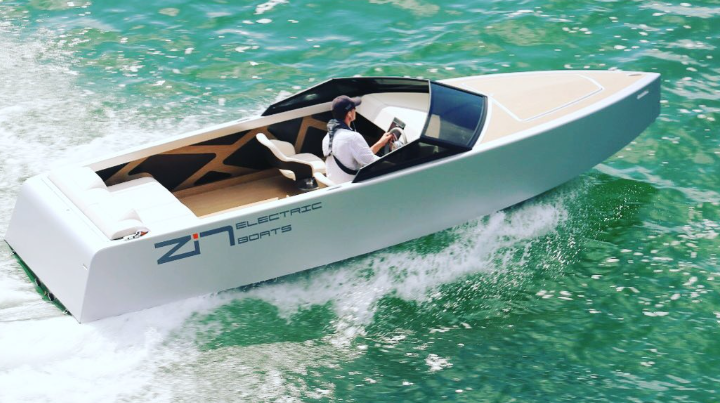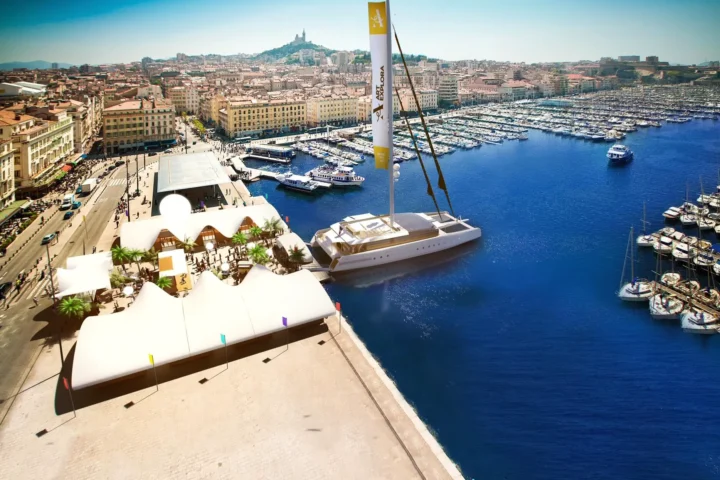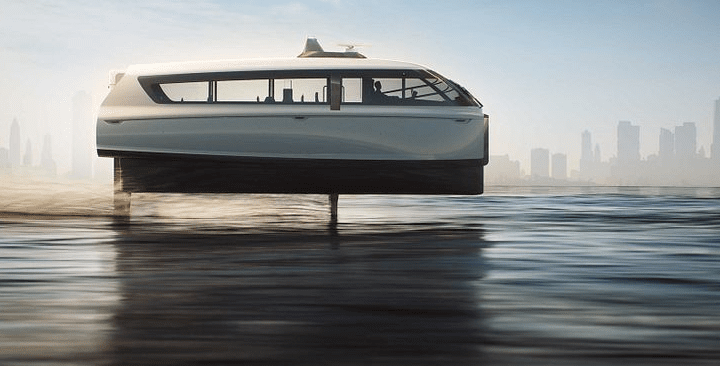A cargo ship carrying about 3,000 vehicles sank in the Pacific Ocean on June 23, 2025, after burning for three weeks. The Morning Midas went down in deep water, about 415 miles from Alaska’s Aleutian Islands.
The trouble began on June 3 when crew members spotted fire on a deck containing electric vehicles. All 22 crew members escaped safely by lifeboat and were picked up by a nearby merchant ship with no injuries.
“We remain in close coordination with Resolve Marine and the United States Coast Guard,” said Zodiac Maritime, the London-based company managing the ship.
The 600-foot Liberian-flagged vessel was transporting 3,048 vehicles, including 70 fully electric and 681 hybrid cars. It also carried large fuel reserves – 1,530 metric tons of very low-sulfur fuel oil and 350 metric tons of marine gas oil.
Despite these significant fuel amounts, the Coast Guard reports no visible pollution so far. Two salvage vessels remain at the site with pollution response equipment. A specialized vessel called Endeavour is on its way with additional resources to protect the marine environment.
Captain Christopher Culpepper of the U.S. Coast Guard emphasized safety while working with Zodiac Maritime to prevent potential pollution. The ship sank in waters approximately 16,400 feet deep, making recovery efforts extremely difficult.
The Morning Midas was traveling from China to Mexico when the fire broke out. The ship, built in 2006, had been operating for nearly 20 years before the disaster.
Similar Posts:
This isn’t the first such incident in recent years. In 2022, the Felicity Ace caught fire in the Atlantic while carrying about 4,000 luxury vehicles, including electric cars from Volkswagen, Porsche, and Lamborghini. That ship burned for a week before sinking, with losses over $400 million.
In 2023, the Fremantle Highway caught fire off the Dutch coast while carrying nearly 3,800 vehicles, including about 500 electric cars. One crew member died in that incident.
These fires highlight special challenges with lithium-ion battery fires on ships. When these batteries burn, they can cause what experts call “thermal runaway” – an intense self-feeding fire that creates extreme heat and toxic gases. These fires need different firefighting methods than regular vehicle fires.
“While it remains too early to determine whether the fire was caused by electric vehicles, damage from both the fire and bad weather led to water entering the vessel, causing it to sink,” Zodiac Maritime explained.
Maritime safety experts say these incidents show the need for updated safety rules for ships carrying electric vehicles. The growing number of electric cars being shipped worldwide has pushed the industry to develop better safety measures.
The Dutch Safety Board made similar recommendations after the Fremantle Highway fire, stressing the need for specialized firefighting techniques and equipment on these cargo ships.

Research projects like the EU’s LASH FIRE initiative are exploring improved fire safety measures specifically for electric vehicle transport at sea. Industry experts suggest several areas need improvement: battery safety standards, better firefighting technology, updated shipping procedures, and specialized training for crew members.
As the Coast Guard continues watching for potential environmental impacts, investigators are still working to determine exactly what caused the Morning Midas fire.
